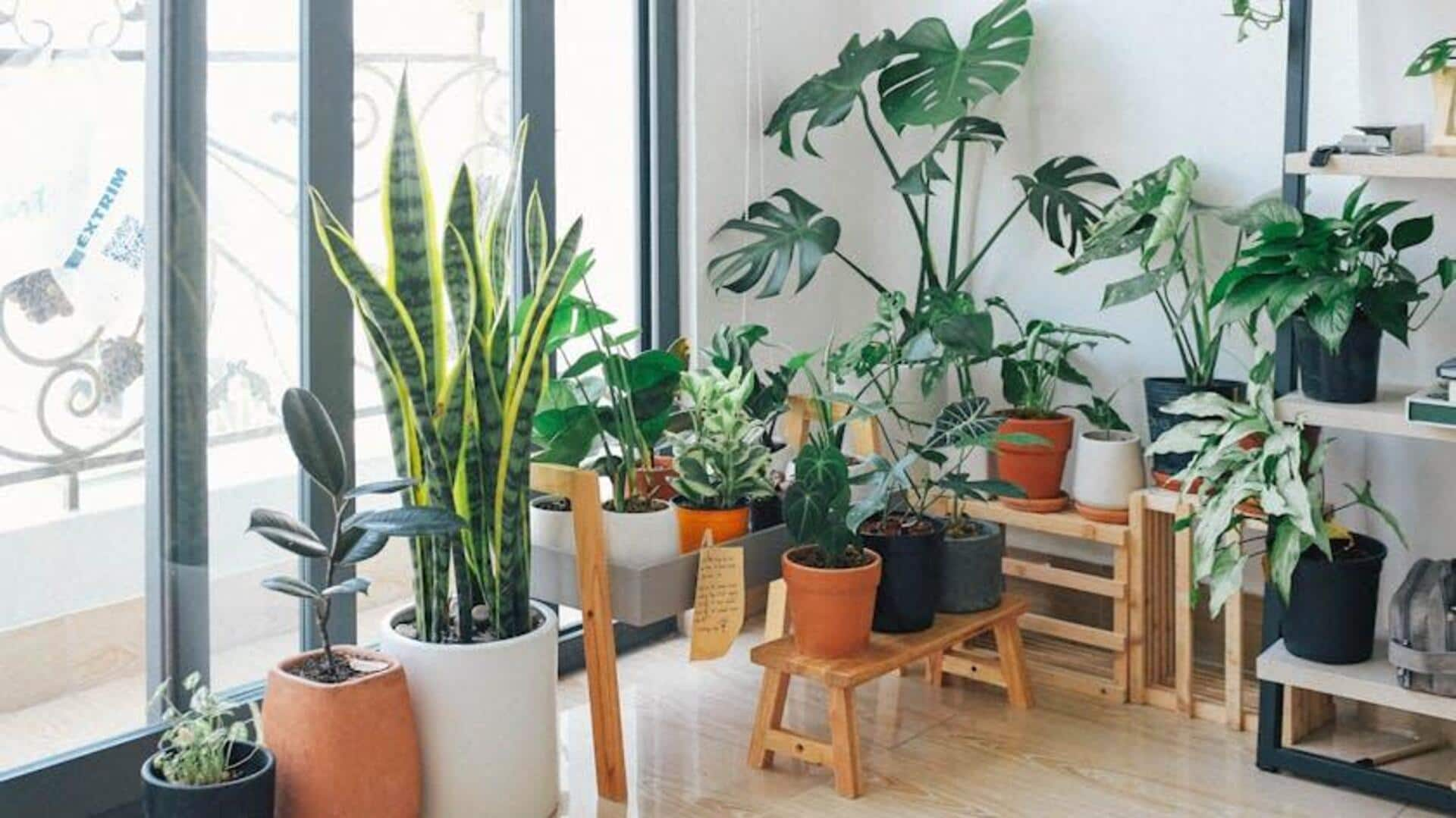
How to fix nutrient deficiencies in houseplants
What's the story
Houseplants can be a great addition to your home, but they need proper care to thrive. One of the most important aspects of plant care is ensuring they get enough nutrients. If your houseplants are looking unhealthy or stunted, it may be due to a lack of essential nutrients. Here are five natural ways to fix nutrient deficiencies in your houseplants, keeping them healthy and vibrant without resorting to chemical fertilizers.
Tip 1
Use compost tea for nutrient boost
Compost tea is a great way to provide your plants with nutrients. To make compost tea, soak well-rotted compost in water for a few days. The resulting liquid is rich in beneficial microorganisms and nutrients that can help improve soil health and plant growth. Use this natural fertilizer once every two weeks to give your houseplants a nutrient boost.
Tip 2
Apply banana peels for potassium
Banana peels are an excellent source of potassium, an essential nutrient for plant health. Simply chop banana peels into small pieces and bury them in the soil around your plants or blend them with water to make a liquid fertilizer. This method helps release potassium slowly into the soil, promoting stronger stems and improved flowering.
Tip 3
Utilize Epsom salt for magnesium
Epsom salt is high in magnesium, which is important for photosynthesis. To use Epsom salt as a fertilizer, dissolve one tablespoon in one gallon of water and use it as a foliar spray or directly on the soil once a month. This simple trick can help correct magnesium deficiency and improve overall plant vitality.
Tip 4
Incorporate coffee grounds for nitrogen
Used coffee grounds are a great source of nitrogen, which is essential for healthy leaf growth. Simply sprinkle used coffee grounds on the soil or mix them into compost before applying it to your plants. This not only provides nitrogen but also improves soil structure by increasing its organic matter content.
Tip 5
Use crushed eggshells for calcium enrichment
Crushed shells are rich in calcium carbonate, which helps prevent blossom end rot in some fruits and vegetables like tomatoes or peppers. Rinse out shells after use, let them dry completely, then crush into small pieces before adding them directly onto the soil surface around affected plants or mixing them into potting mix during repotting sessions.